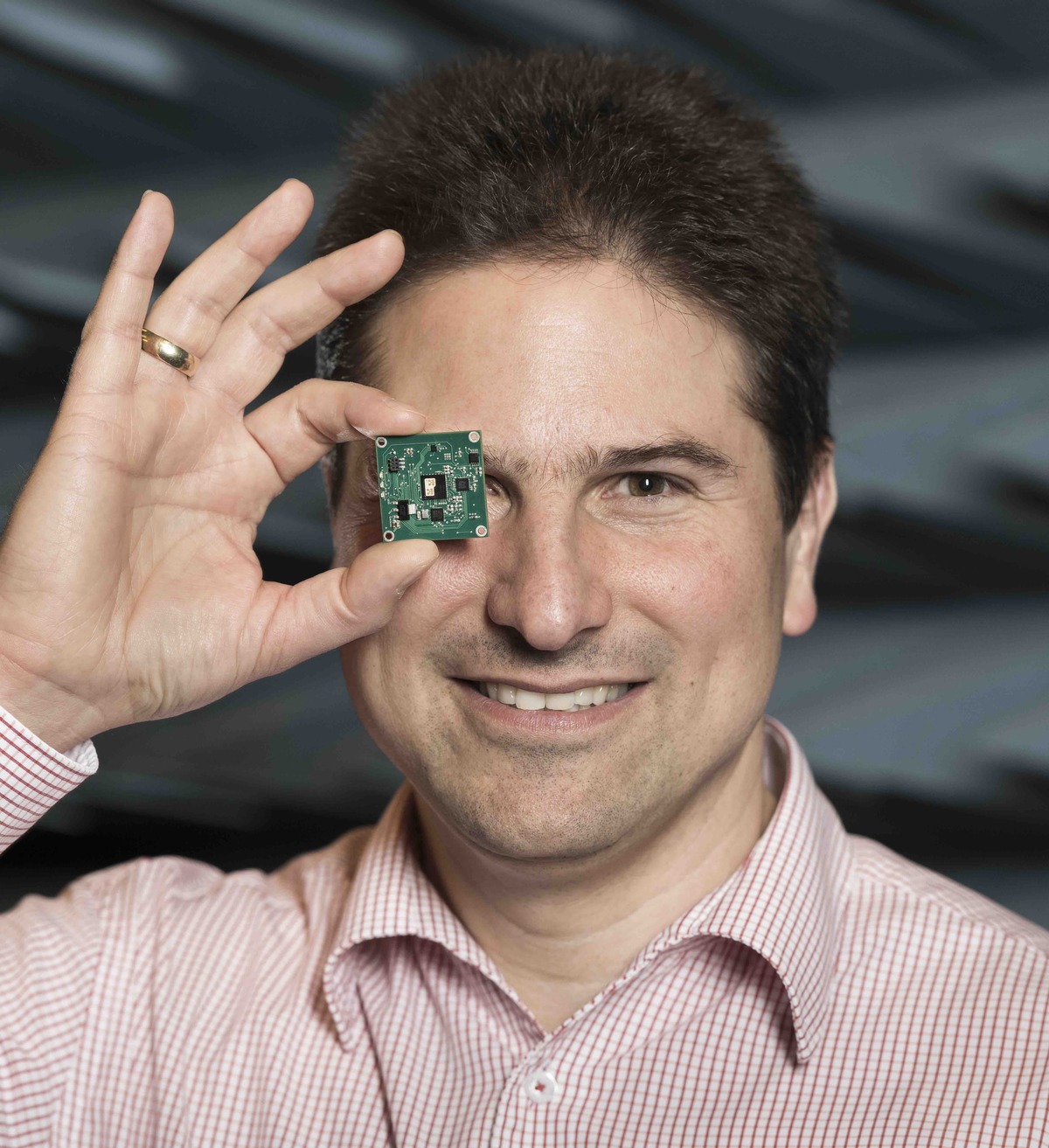Prof. Zwick is IEEE Fellow
Prof. Thomas Zwick has been named an IEEE Fellow. He is being recognized for his contributions to millimeter wave transceivers. The IEEE Grade of Fellow is conferred by the IEEE Board of Directors upon a person with an outstanding record of accomplishments in any of the IEEE fields of interest. The total number selected in any one year cannot exceed one-tenth of one- percent of the total voting membership. IEEE Fellow is the highest grade of membership and is recognized by the technical community as a prestigious honor and an important career achievement.
Prof. Zwick has made pioneering contributions to the area of integrated millimeter wave transceivers. In this context, he is a leading expert in the area of frontends including their antennas, integrated circuits, passive components and packaging. He has made significant contributions to the miniaturization of millimeter wave transceivers into single SMD solderable packages. This story started in 2002 when Thomas Zwick and his colleges at IBM T.J. Watson Research Center had the idea of integrating a full transceiver in IBM’s SiGe technology together with the antennas to form a fully integrated 60 GHz transceiver. At millimeter wave frequencies transmission line losses become substantial already for short lines and interconnects are difficult to realize so miniaturization will even provide optimal performance. While other colleges took care of the circuit design, Prof. Zwick designed the antennas into the package including the interconnect to the SiGe chip. One major hurdle on the way was that Thomas first had to invent a new measurement setup which allowed him to measure his antennas without connector while probing the contacts with a standard RF probe. In 2006 the work of the IBM team led to IBM’s well received press release of world’s first fully integrated 60 GHz chipset. In his new job as KIT professor from 2007 on, Thomas continued the work, more focusing on fully integrated radar transceivers at 120 GHz together with other European researchers. The world’s first fully integrated 120 GHz radar frontend in a QFN packaged was shown to the press in 2012. Since then Prof. Zwick continued working on different antennas, packaging options and circuits at frequencies up to 300 GHz and in parallel he supported a group of small companies in commercializing the radar frontend. In 2015 the chip became available from Silicon Radar GmbH, Germany (http://siliconradar.com/120ghz_e.html) and can be found in some first products (e.g. https://www.baumer.com/ch/de/produktubersicht/distanzmessung/radarsensoren/c/291). Besides the automotive radar business especially the fourth industrial revolution will result in an immense demand for small sensors. Prof. Zwick’s newest achievement in this context is his novel concept on feeding a single on-chip antenna with several power amplifiers.
The IEEE is the world’s leading professional association for advancing technology for humanity. Through its 400,000 plus members in 160 countries, the association is a leading authority on a wide variety of areas ranging from aerospace systems, computers and telecommunications to biomedical engineering, electric power and consumer electronics.
Dedicated to the advancement of technology, the IEEE publishes 30 percent of the world’s literature in the electrical and electronics engineering and computer science fields, and has developed more than 1300 active industry standards. The association also sponsors or co-sponsors nearly 1700 international technical conferences each year. If you would like to learn more about IEEE or the IEEE Fellow Program, please visit www.ieee.org.


